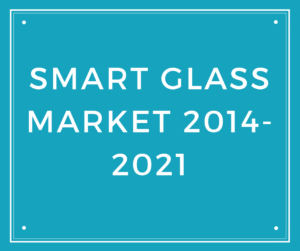Wearables Market Report
The major finding from a new report by Research and Markets is that Wearables Technology Vendors Have Two Choices: Build Their Own Platforms and Try to Attract Developers, or License Android Wear.
The report title is “Wearables – Fitness & Style Now, Mainstream Smart watches Later”. Wearables are examined in context with a focus on some of the key challenges and opportunities surrounding smartwatches for traditional watch vendors and technology OEMs.
Evidence is used from case studies including smartwatch investments by Samsung and Apple, fitness bands from Fitbit, and carrier retail support in the U.S. and Europe.
According to this report, Wearables are encompassing a wide variety of product types, with most of them being driven by the smartphone supply chain and smartphone consumer adoption. The report believes that Smartwatches and fitness devices are one of the highest profile wearables, which have an immediate impact on traditional watch vendors and technology OEMs.
The main points concluded in the Wearable Market Report are:
- Smart watches are emerging in the market at the same time as computing becomes ubiquitous, giving vendors a path forward as a smart watch is an ideal control point for IoT.
- Technology vendors have two choices: build their own platforms and try to attract developers, or license Android Wear. Apple, Google, Pebble and Samsung are the only platforms with sizable developer followings.
- Google is the only licensable platform with developer support.
- If Apple can deliver on the promise of watches 3, it should be able to harness its developer community to create use cases that drive sales.
- To sell the next generation of watches, battery life must improve to allow always-on watch faces.


